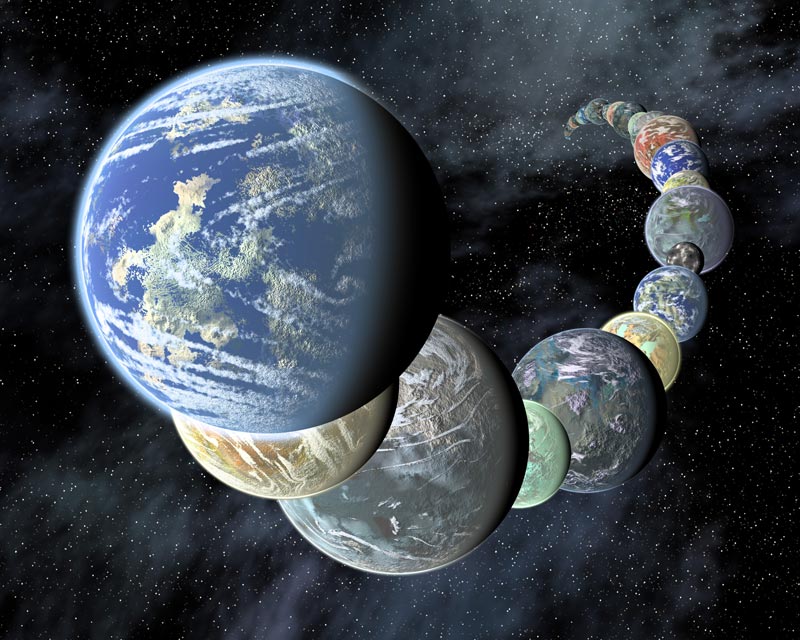IF WE’RE SEARCHING FOR EARTH 2.0, WOULD WE KNOW IT WHEN WE FIND IT?

In the past few decades, there has been an explosion in the number of extra-solar planets that have been discovered. As of April 1st, 2018, a total of 3,758 exoplanets have been confirmed in 2,808 systems, with 627 systems having more than one planet. In addition to expanding our knowledge of the Universe, the purpose of this search has been to find evidence of life beyond our Solar System.
In the course of looking for habitable planets, astronomers have used Earth as a guiding example. But would we recognize a truly “Earth-like” planet if we saw one? This question was addressed in a recent paper by two professors, one of whom is an exoplanet-hunter and the other, an Earth science and astrobiology expert. Together, they consider what advances (past and future) will be key to the search for Earth 2.0.
For the sake of their study, Robinson and Reinhard focus on how the hunt for habitable and inhabited planets beyond our Solar System commonly focuses on Earth analogs. This is to be expected, since Earth is the only planet that we know of that can support life.
Congratulations @sornonil! You have completed some achievement on Steemit and have been rewarded with new badge(s) :
Click on any badge to view your own Board of Honor on SteemitBoard.
For more information about SteemitBoard, click here
If you no longer want to receive notifications, reply to this comment with the word
STOPAs I know, they have found similar planets.
However, distance is matter to be too big to be resolve.